Quick Wall & Ceiling Drying: Save Your Brandon Home! – Expert Help, Fast Results.
Are you facing water damage in your Brandon, FL home? Don’t panic! Our expert water cleaning service…….
Introduction
Drying techniques for walls and ceilings are a critical aspect of construction, renovation, and preservation efforts. In Brandon, Florida, the practice of wall and ceiling drying holds particular significance due to its unique climate, materials used in construction, and environmental considerations. This comprehensive article will delve into the intricacies of “Wall And Ceiling Drying Brandon FL,” exploring its definitions, historical context, relevance, and the broader landscape it occupies. Readers will gain a deep understanding of its importance, the global impact, economic implications, technological advancements, policy considerations, challenges faced, case studies, and future prospects.
Understanding Wall And Ceiling Drying Brandon FL
Wall and ceiling drying in Brandon, Florida, refers to the process of removing moisture from these surfaces effectively and efficiently. This is crucial for maintaining structural integrity, preventing mold growth, and ensuring indoor air quality. The core components of this practice include dehumidifiers, air movers, and sometimes desiccants. These tools work together to facilitate evaporation and air circulation, which are essential for drying affected areas.
Historically, drying techniques have evolved significantly from passive methods like airing out spaces to active drying using modern equipment. The significance of wall and ceiling drying lies in its ability to mitigate water damage, preserve building materials, and protect against the health risks associated with moisture intrusion.
Global Impact and Trends
The impact of wall and ceiling drying extends beyond Brandon, FL. It is a global concern as water intrusion and damage from natural disasters are common challenges worldwide. Key trends shaping this industry include advancements in drying technology, increased awareness of the importance of prompt moisture removal, and the adoption of more stringent building standards to prevent water damage.
Different regions face unique challenges, such as high humidity in tropical climates or the need for rapid drying in colder environments to prevent freeze-thaw cycles from causing additional damage. The global impact is significant as it affects not only residential and commercial properties but also historical buildings and cultural artifacts that require specialized drying techniques.
Economic Considerations
The economic aspects of wall and ceiling drying are multifaceted. Market dynamics include the demand for restoration services following water damage, the cost of advanced drying equipment, and the labor required to perform these services. Investment patterns reflect a growing interest in proactive moisture control as a means of reducing long-term maintenance costs and avoiding more extensive repairs.
In economic systems, wall and ceiling drying plays a role in disaster recovery, influencing local economies by creating jobs and stimulating related industries such as construction, insurance, and property management. The economic impact is substantial when considering the avoided costs of structural repairs and health care associated with mold growth.
Technological Advancements
Technological advancements in wall and ceiling drying have been transformative. Innovations include more efficient dehumidifiers, advanced air movers that can be controlled remotely, and sensors that monitor humidity levels in real-time. These technologies not only speed up the drying process but also optimize energy consumption, making the process more cost-effective and environmentally friendly.
Future potential includes the development of smart drying systems that can predict and respond to moisture intrusion events autonomously. The integration of artificial intelligence and machine learning could lead to personalized drying solutions tailored to specific environments or materials.
Policy and Regulation
Policies and regulations governing wall and ceiling drying are essential for ensuring safety, effectiveness, and compliance with environmental standards. These frameworks dictate the acceptable methods for moisture removal, the certification of professionals in the field, and the disposal of contaminated materials.
Regulations also address the proper handling of hazardous substances that may be encountered during drying processes, such as asbestos or lead-based paints. Compliance with these regulations is critical for protecting public health and the environment, ensuring that drying practices do not inadvertently cause harm.
Challenges and Criticisms
The challenges and criticisms faced by wall and ceiling drying practices primarily revolve around efficiency, cost, and environmental impact. Critics often point to instances where drying processes have been mishandled, leading to increased damage or health risks.
To overcome these issues, actionable solutions include the development of more effective training programs for professionals, the advancement of predictive modeling to optimize drying times, and the implementation of sustainable practices that minimize energy use and waste.
Case Studies
Several case studies from Brandon, FL, demonstrate the successful application of wall and ceiling drying techniques. One such example involves a historic home that suffered significant water damage during a hurricane. Utilizing advanced drying methods, the property was restored to its pre-damage condition without compromising the integrity of its historical features.
Another case study highlights a commercial building where a rapid response using state-of-the-art drying equipment prevented extensive structural damage and business downtime. These lessons learned from real-world applications underscore the importance of a swift, well-executed drying process.
Future Prospects
The future outlook for wall and ceiling drying in Brandon, FL, is one of continued innovation and integration into building practices. As awareness of the importance of moisture control grows, so does the demand for services that protect buildings from water damage.
Technological advancements will likely focus on making drying processes more efficient, less disruptive, and environmentally sustainable. The industry will also need to adapt to changes in climate patterns and the increasing frequency of extreme weather events, ensuring that homes, businesses, and cultural artifacts are protected against the damaging effects of water intrusion.
In conclusion, wall and ceiling drying in Brandon, FL, is a vital practice with significant global implications. It addresses immediate concerns while also contributing to long-term sustainability and economic vitality. Through ongoing innovation, compliance with regulations, and a focus on efficiency and effectiveness, the industry will continue to evolve and meet the challenges it faces.

Are you facing water damage in your Brandon, FL home? Don’t panic! Our expert water cleaning service…….
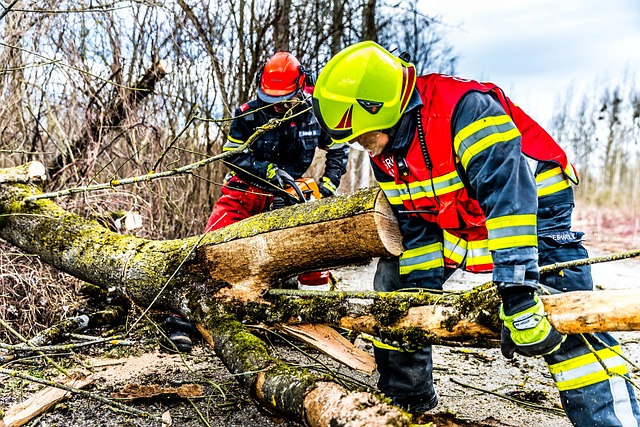
Are you facing a water emergency in your Brandon, FL home? Don’t panic! Our reliable water cleaning…….
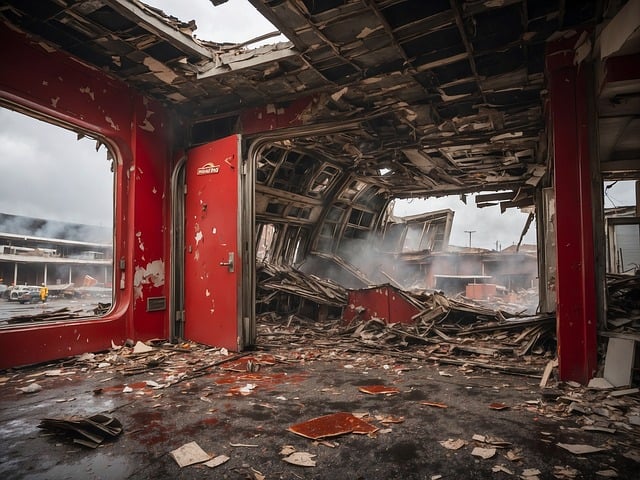
Are you tired of waiting for your walls and ceilings to dry after a renovation in Brandon, FL? Say g…….
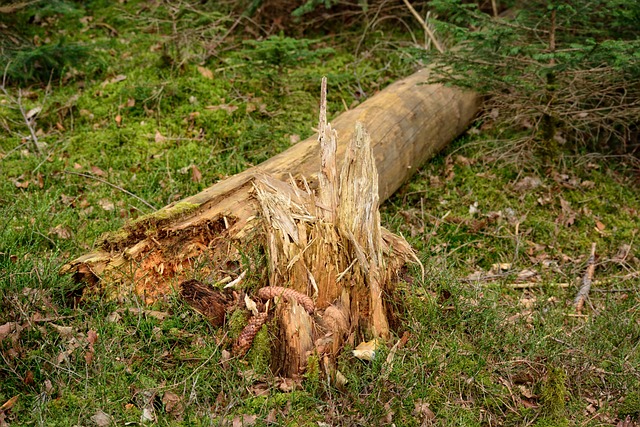
Are you facing water damage and need efficient flooring repairs in Brandon, FL? Look no further! Our…….
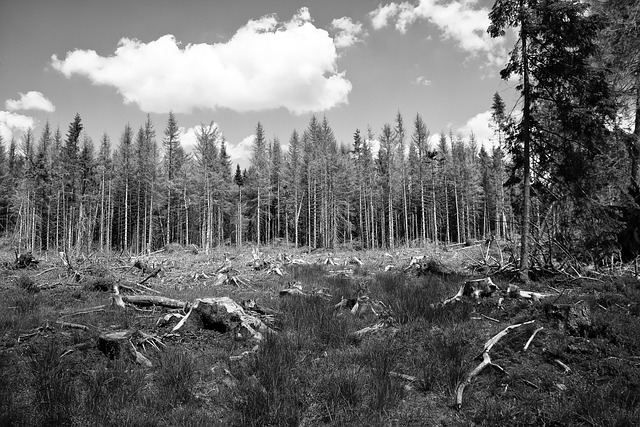
Are you facing water damage in your Brandon, FL property? Don’t let walls and ceilings become a fina…….

Are you dealing with basement water damage in Brandon, FL? Don’t let it wreak havoc on your home! Ou…….

Are you tired of leaky ceilings and the costly damage they cause? In Brandon, FL, say goodbye to wat…….

Are you struggling with water damage and the subsequent drying process? In Brandon, FL, our wet carp…….
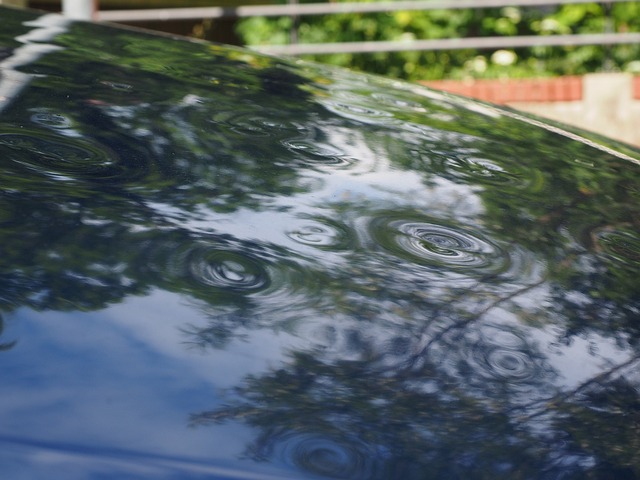
Are you a resident of Brandon, FL, tired of lengthy and costly drying processes after water damage?…….

Are you tired of dealing with flooded basements and the lengthy, costly process of drying your home?…….